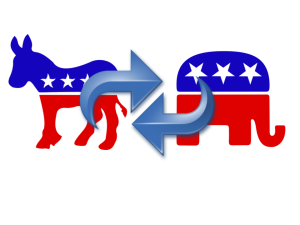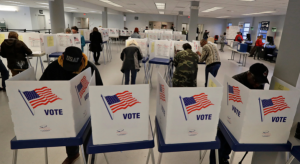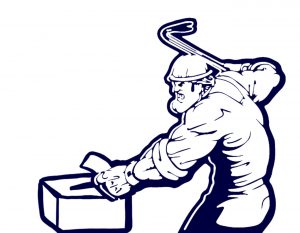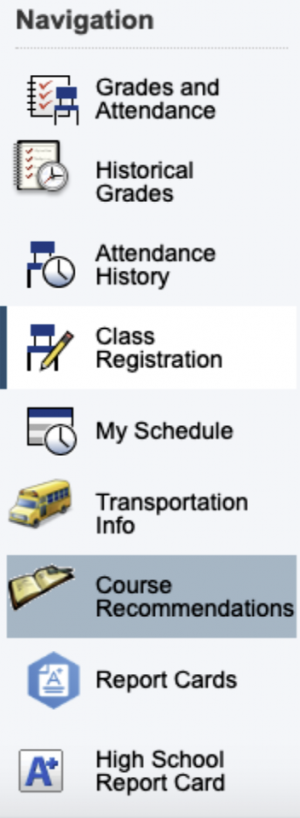Social studies teachers approach election education with confidence
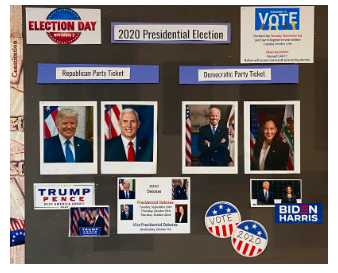
Social studies teacher Suzanne Kammerman’s classroom board depicts the Democratic and Republican tickets as well as dates for the online and absentee ballots and Presidential and Vice-presidential debates.
The November election is coming soon, and everyone can feel it. A global pandemic, nationwide protests and, arguably, more political polarization than has ever been seen in recent history. With all this unrest, the divisive debate of who should be President has breached everybody’s lives. This begs the question, how will social studies teachers educate students on the election while navigating the volatile social environment surrounding it?
“Every election is covered differently,” Lauren Francese, social studies department chair, said. “For social studies educators, we are always faced with different issues and perspectives as they relate to both national and global issues.”
For the most part, the way teachers cover elections depends on the content of the course and whether or not election coverage could be connected to the existing curriculum. Courses like Current Issues and American Government lend themselves to the discussion of the election more naturally than some. Many teachers may also be using the election as a supplement for the existing curriculum.
“We might talk more about some of their [the candidates’] stances on issues that are more international-based, and less on something like their view on public vs. private schools,” Wole Ogunkoya, a Global Themes teacher, said.
Robert Shamberg, an AP U.S. Government and Politics teacher, added that classes in the Advanced Placement Program were less able to address current events due to their strict pacing, but that other courses with more freedom in lesson choices, like A and Honors level classes, have more flexibility.
Fitting election coverage into class time isn’t the only problem that teachers face. Teachers must also take into account the polarized political landscape, as well as the sensitivity of many of the issues being discussed.
This sentiment is especially clear throughout social media, which, over the past few months, has become increasingly politically focused. It’s impossible for students to avoid the exposure, and it’s led to a more aware and potentially opinionated group of students.
“I definitely think we’ve [highschoolers] become more politically involved,” Rebecca Schussheim ’23 said. “Especially since the killing of George Floyd and the ignition of the Black Lives Matter movement this year […] I think a lot of people […] want to make their voice heard.”
The social studies department, however, is approaching this abnormally divisive election with calmness and confidence due to their experience and ability to facilitate discussion between students, no matter the circumstances.
“Political polarization and the division among citizens in the United States will present challenges for social studies teachers,” Francese said, “but we will use our training and expertise to engage students in dialogue […] throughout this election season and the school year.”
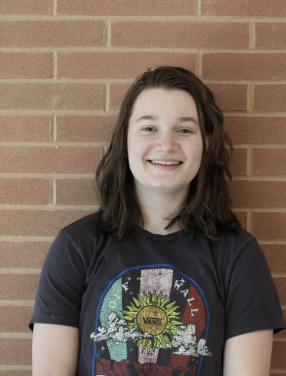
Creative Director, Maya Hruskar ’23, has had a passion for journalism since her freshman year. Not liking her traditional English class very much, Hruskar...













































